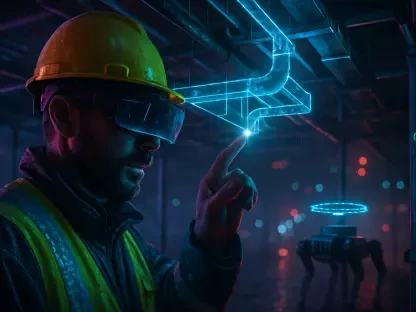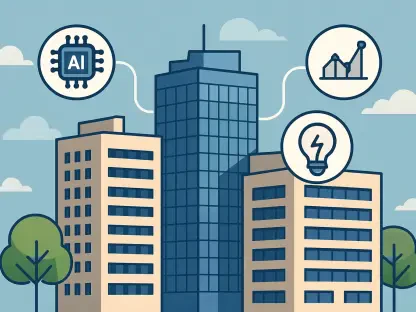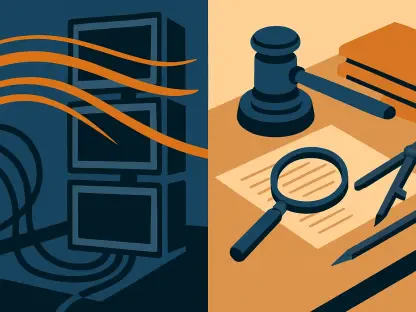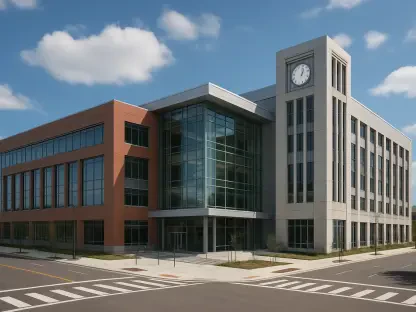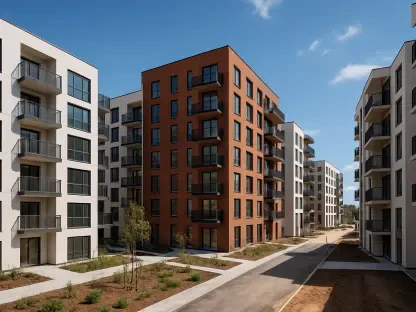The East River Tunnel Rebuild marks a monumental undertaking in infrastructure renovation, vital for the Northeast Corridor’s rail system. Built in 1910, this tunnel is crucial for millions of passengers traveling annually, setting the stage for an extensive rehabilitation project to address damage inflicted by Hurricane Sandy in 2012.
Chronological Development of the East River Tunnel
1910: Completion of the East River Tunnel
Established as part of the original Pennsylvania Station project, the East River Tunnel heralded a new era in rail transportation. Its advantageous positioning facilitated seamless access into Manhattan, solidifying its significance in America’s busiest rail corridor, a reputation it retains today.
2012: Hurricane Sandy Devastation
During Hurricane Sandy, the East River Tunnel experienced severe saltwater flooding, wreaking havoc on its electrical and signal systems. This catastrophe underscored the tunnel’s vulnerabilities to extreme weather events and sparked a discourse on the need for resilient infrastructural solutions.
2023: Federal Funding Infusion
Supported by a substantial $1.26 billion grant from the Infrastructure Investment & Jobs Act, the restoration began with a commitment to fortifying the tunnel against future threats. This federal endorsement symbolizes its national significance and the urgency to address longstanding vulnerabilities.
2027: Anticipated Project Completion
The slated conclusion of the rehabilitation project marks a comprehensive overhaul, including the installation of advanced fire detection systems, signal upgrades, and enhanced drainage solutions. These improvements are designed to ensure the tunnel’s operational reliability for decades, bolstering infrastructure resilience against evolving challenges.
Major Turning Points and Technological Advances
Innovations in Tunnel Design
The rebuild integrates modern engineering practices, such as converting to a direct fixation track system aimed at reducing maintenance needs and enhancing durability. These innovations reflect a broader trend towards optimizing infrastructure against climate unpredictability.
Collaborative Construction Efforts
A partnership between Skanska and E-J Electric highlights the collaborative nature of large-scale infrastructure projects, demonstrating the effective joint venture model. Such collaboration may set the precedent for future endeavors, with a focus on cooperative strategies in national infrastructure developments.
Conclusion
The East River Tunnel Rebuild has unfolded through significant milestones, underscoring the complexity inherent in such historical infrastructure projects. Future exploration might focus on incorporating ecological considerations and leveraging emerging technologies to further enhance systemic robustness. As infrastructure challenges persist, the East River Tunnel serves as a case study in preservation paired with progressive development, advocating for sustainable practices within public transit systems.



